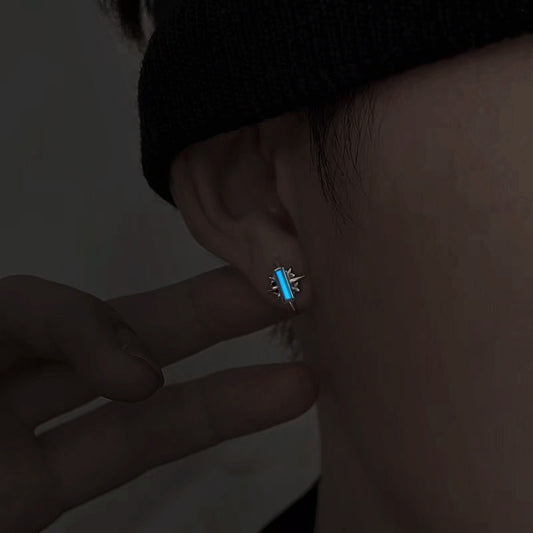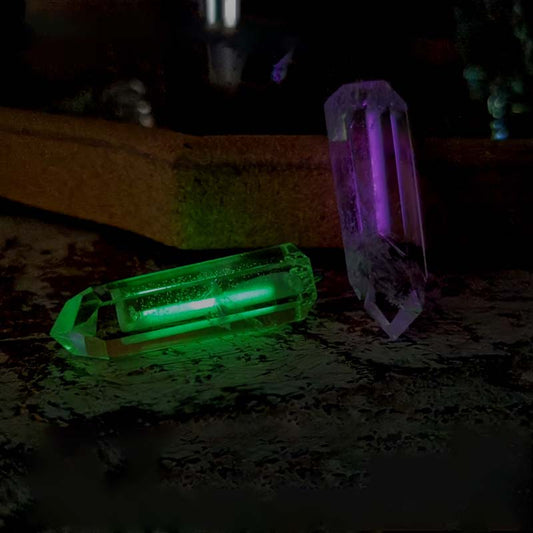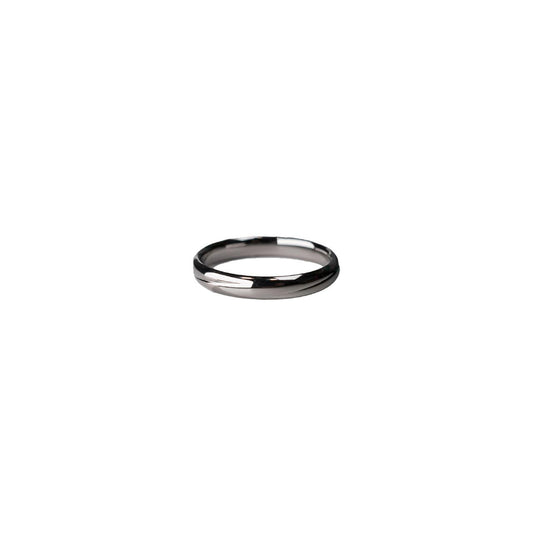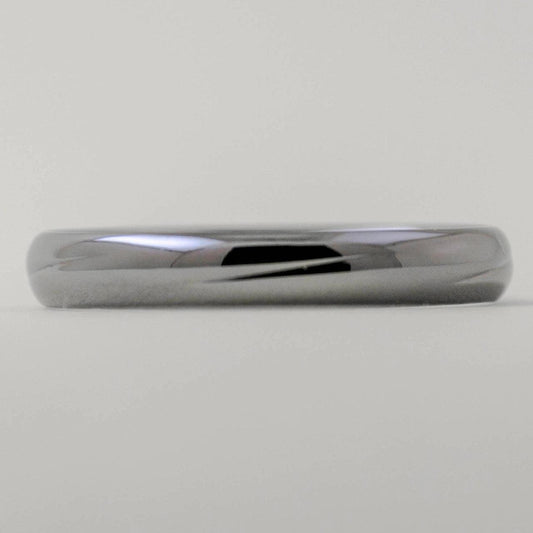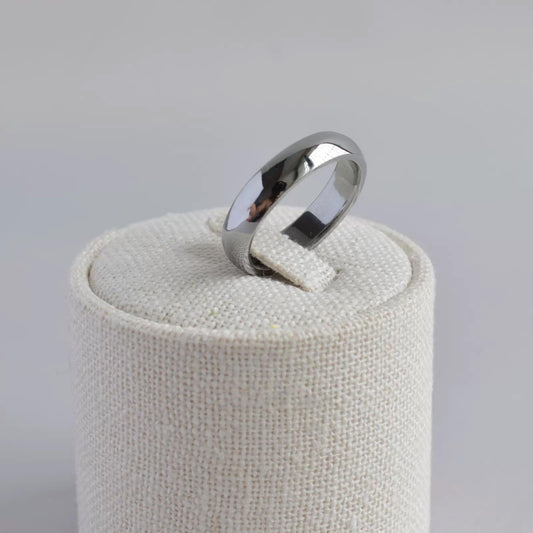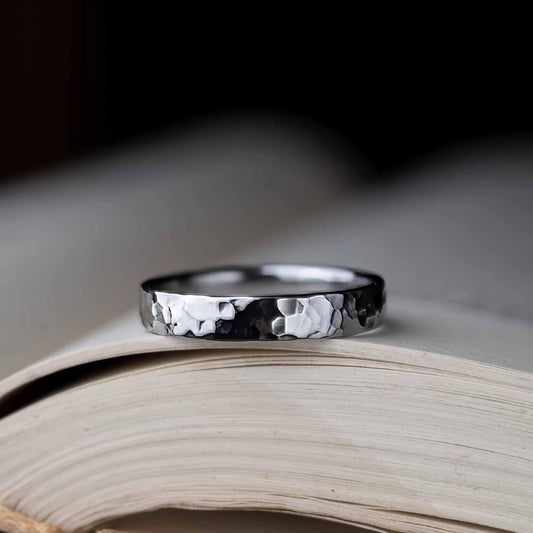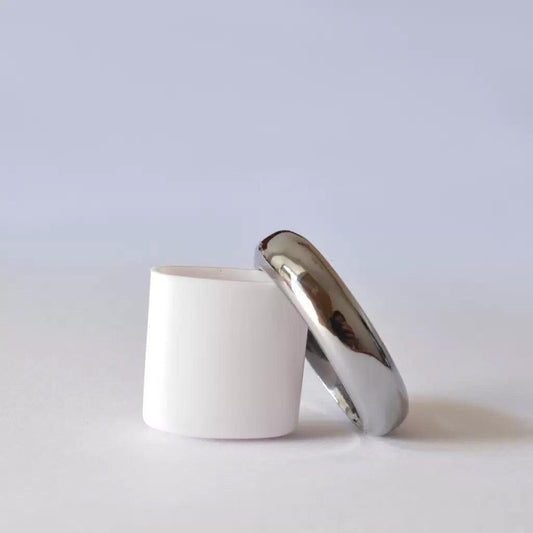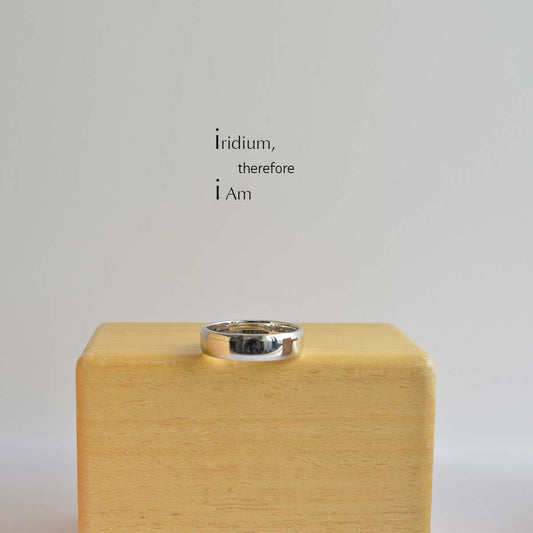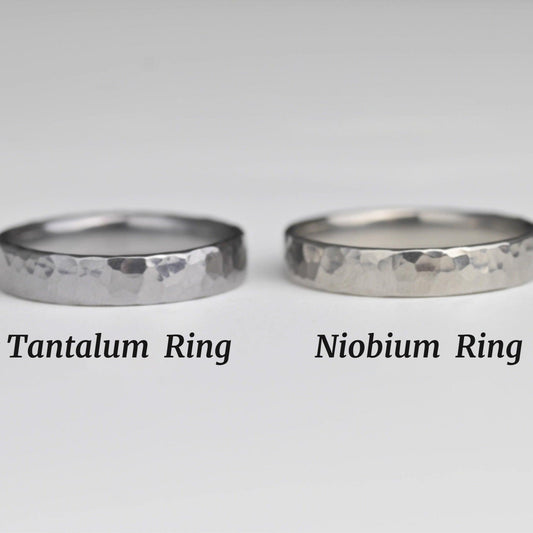The Mystery of the Right-Hand Wedding Ring
The Mystery of the Right-Hand Wedding Ring
It was a crisp Friday morning in Seattle when I noticed my colleague, Tom, sporting a wedding ring on his right hand. Caught off guard, I couldn't help but ask, "Why the right hand?" Tom chuckled, sharing that it often sparked curiosity and lively conversation in social gatherings. This small gesture opened up a fascinating dive into the meaning of such a choice, which, admittedly, I had never really considered until now.
In Western cultures, it's customary for people to wear their wedding rings on the left hand. This stems from an ancient Roman belief in the "vena amoris," a vein running directly from the heart to the ring finger on the left hand. But, as I discovered, the right-hand ring tradition is just as rich and varied. It holds significance in numerous cultures, from Orthodox Christians, where it's a symbol of marriage in countries like Greece and Russia, to romantic gestures in some parts of Europe signifying engagement rather than wedlock.
I remember the lively trip to Greece with my wife a few years back, vividly recalling the local wedding we stumbled upon. The couple wore their wedding rings on the right hand. Our local friend, Maria, explained that it's traditional there, adding sentimental weight to the practice by noting how Greek citizens wear the rings on the right until they're married, when a religious ceremony shifts it to the left.
Besides cultural significance, the choice can also be deeply personal. Tom's reasoning was simple yet touching: it reminded him of his late father who wore his wedding band on the right. For Tom, it became a token of connection and tribute, blending family legacy with his own marital commitment. Such personal choices make the tradition even more compelling, showing how the meaning of a wedding ring can transcend conventional norms.
Interestingly, wearing the ring on the right hand has also subtly influenced men's jewelry fashion. It has sparked a trend in bespoke ring designs that cater to this preference, emphasizing bold, unique styles that might not fit the traditional left-hand narrative. Tom's ring, for instance, is a beautifully crafted band made from brushed tungsten, chosen not just for its durability but for how it reflects his understated yet confident style.
There’s an understated charm to these unconventional choices—it's like a personal signature, a story told through a simple piece of jewelry. The right-hand wedding ring sparks curiosity, invites conversation, and even challenges traditions. Choices like these remind us that symbols of love and commitment are as diverse as the people who wear them.
Who would've thought a simple question on a Friday morning would lead to such intriguing discoveries? It’s funny how these small details can open our eyes to a broader world, often hiding in plain sight, waiting for someone curious enough to ask.



